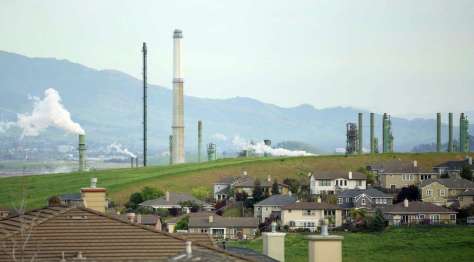
The candidates debated in a lively forum in Benicia moderated by the Solano County Black Chamber of Commerce Political Action Committee.
Vallejo Sun, by Ryan Gellar, January 9, 2024
BENICIA – Candidates for the District 2 seat on the Solano County Board of Supervisors exchanged barbs and trumpeted platform points as they answered questions in a forum moderated by the Solano County Black Chamber of Commerce Political Action Committee at the Benicia Veterans Hall Monday night.
Incumbent Monica Brown and challengers Rochelle Sherlock and Nora Dizon responded to individual questions posed for each candidate by the forum moderators, PAC chair Charles Lee and local business owner Tara Beasley-Stansbury. Candidates were allowed short responses to their opponents’ answers.
Sherlock, a business management consultant who previously ran against Brown in 2020, took her first opportunity to challenge Brown’s record by saying that Brown had voted to dissolve several advisory committees, including the Agricultural Advisory Board, the Alcohol and Drug Advisory Committee and the Solano County Historical Records Commission.
The issue came up a second time when moderators read questions collected from an audience of about 40 people. One attendee asked if candidates would work to reinstate the commissions.
Brown said that the board had valid reasons to dissolve the committees. She said that the Alcohol and Drug Advisory Board was folded into the Behavioral Health Department to fit the statewide model and the board felt that Farm Bureau was a better fit to represent agricultural interests.
In regards to the Historical Records Commission, Brown said that the county received very few requests for records from the archive and they wanted to devote staff time to more widely used services.
But Sherlock fired back, saying that the dissolution of the committees was an assault on democracy. “I’m going to do everything I can to restore those advisory committees,” she said. “If the county Board of Supervisors are making major decisions and they are not getting input from the people that those decisions are impacting then we have got a problem.”
Sherlock said that the committees had served an important role in monitoring the effectiveness of county programs and tracking the use of county funds. She said that she would work to build greater collaboration and citizen participation at both the city and county levels of government.
Click here to finish reading . . .
(You will be redirected to the Vallejo Sun’s website. There is no paywall.)








You must be logged in to post a comment.